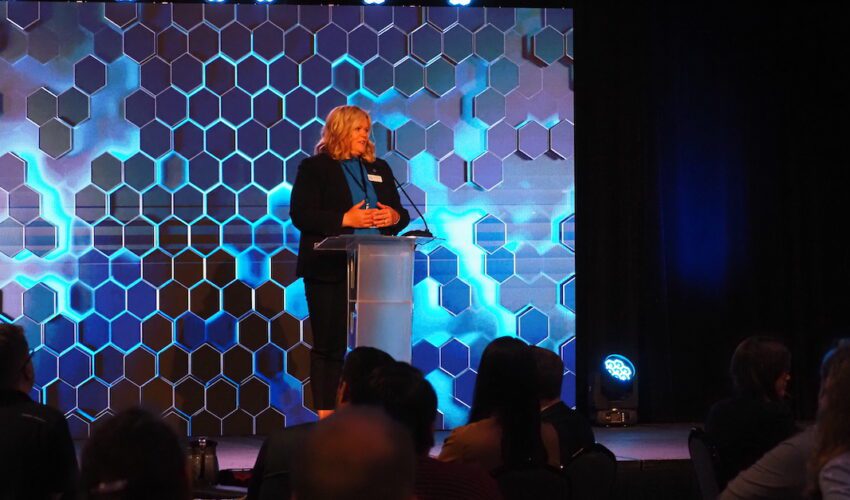How to help remote workers stay in touch — and stay motivated
Sept. 8, 2020
This paid piece is sponsored by Avera Health.
Once upon a time, the idea of working from home might have seemed like a dream come true or a fantasy to commuters who spent all day in the office.
Now that many workers are either working remotely or splitting time between the “real” office and the home office, it’s becoming a new normal.
People are discovering that there are key advantages to working at home, such as no commute and more flexibility.
Some workers find they can focus on projects better at home than in the office, while others find their focus is diffused by their family, the mail arriving or other distractions.
“Employers might face some ‘out of sight, out of mind’ thinking because their people are not in one location,” said Rick Carlson, program manager with Avera Employee Assistance Program, or EAP.
To maximize productivity and connection, workers and employers need to meet half-way, and that requires doing things with intention.
“Think about taking a break at work. If you’re in an office, you have to leave one room and go to the break room. It’s an intentional set of steps. At home, the break room is everywhere,” Carlson said. “The best case is an at-home office – that’s where your work starts and ends. But not everyone has that.”
Employers and the three R’s
Making conscious efforts to keep up relationships, respond to your workers and recognize them when successes occur are more important when people are working at home, even if these are bedrock leadership goals.
“It’s easy for us as human beings when someone is no longer in the office or part of our landscape to let keeping in touch subside,” Carlson said. “An intentional focus on the three R’s – relationships, responsiveness and recognition – has to be considered daily. And it has to be acted on too.”
Bosses who have an “open door” and saw employees in their office or around the shop might struggle a bit when it comes to keeping things going.
“Employers need to be alert, whether it’s on conference calls or a video, to seek that engagement and keep those relationships going,” he said. “Making a point to email, call or text employees who are doing good work can help keep connections in place. In each case, it requires that extra step.”
Finding ways to connect
Even when in person, people might be wearing masks and miss non-verbal cues.
“Videoconferences can have that missing element,” Carlson said. “Being aware of that – on both ends, for workers and employers – is a good place to start.”
The threat of isolation might seem distant, but it can rise quickly and pose problems.
“We get calls often where an employer might say ‘We have an employee crying at his desk,’ but in this environment when those breakdowns happen, no one can see it,” he said. “That is why awareness and extra steps are so important.”
Developing meeting agendas that incorporate everyone’s thoughts – even on calls or Zoom – along with regular check-ins that might have nothing to do with production can address isolation. Interject some lightness, laughter, small talk or other ways to connect.
“It does require collaboration. Not every manager can be everywhere at once; employees need to know their feelings count and that there are resources to help them,” he said. “Communication is the key to make any relationship work, and that includes the employer-worker relationship. Being intentional, considering the emotions that go with isolation and keeping channels open – all can help make the most of these challenging times.”








